Quantum Glimpse: Single Atom Imaging
As we focus on taking images of the night sky, we often forget about the fundamental significance of quantum mechanics in the universe. The difficulties aspiring astronomers face when taking images of the stars is nothing compared to the distresses caused by quantum imaging.
However, those difficulties paid off for Oxford student, David Nadlinger, who captured an image of a single atom using an ordinary camera. In a groundbreaking achievement that bridges the quantum and macroscopic worlds, this remarkable photograph has earned Nadlinger the top prize in a prestigious science photography competition organized by the Engineering and Physical Sciences Research Council (EPSRC).
Atoms, the fundamental building blocks of matter, are incredibly small and typically invisible even under the most powerful microscopes. However, Nadlinger managed to photograph a glowing atom held between two metal electrodes, using a long-exposure technique and illumination from a coloured laser. To appreciate the scale, the electrodes are a mere two millimetres apart, and the atom itself is suspended in the centre.
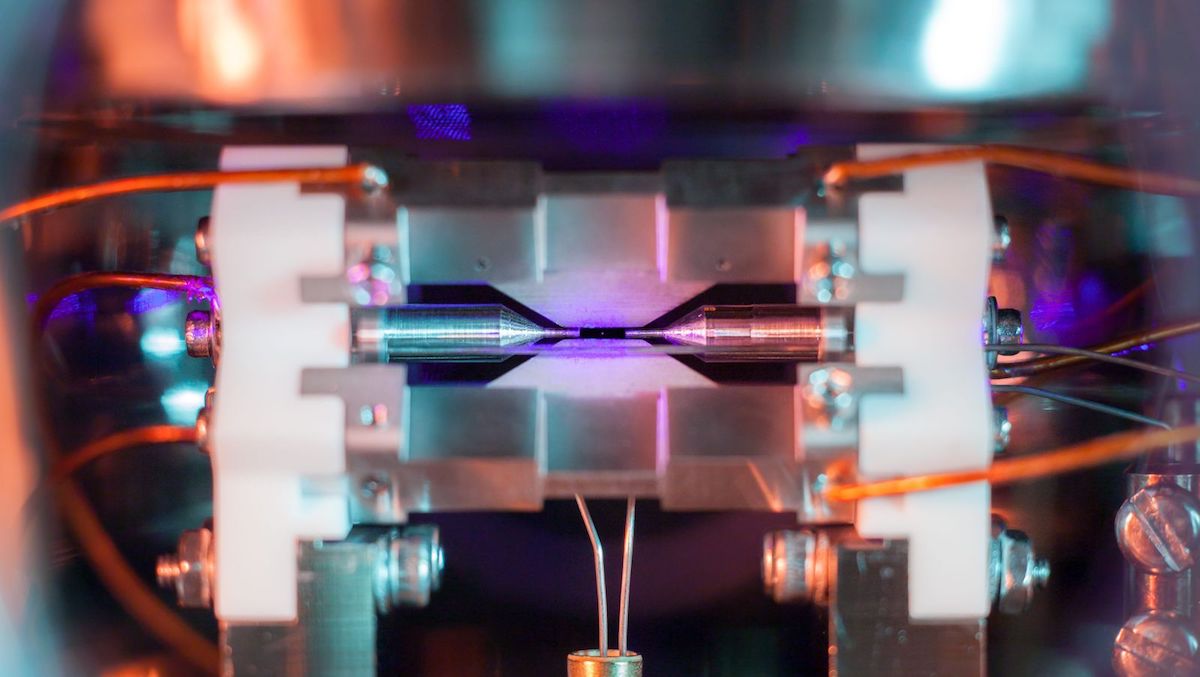
IMAGE A single strontium atom floats between two electrodes. Cred: David Nadlinger / University of Oxford
This achievement is not just a testament to Nadlinger’s skill but also a significant milestone in the field of quantum physics. The EPSRC elaborated on the process, explaining how a regular camera could capture such a minuscule subject:
“When illuminated by a laser of the right blue-violet colour, the atom absorbs and re-emits light particles sufficiently quickly for an ordinary camera to capture it in a long exposure photograph. The winning picture was taken through a window of the ultra-high vacuum chamber that houses the ion trap.”
In reflecting on his accomplishment, Nadlinger, a quantum physicist, expressed his fascination with making the invisible visible:
“The idea of being able to see a single atom with the naked eye had struck me as a wonderfully direct and visceral bridge between the minuscule quantum world and our macroscopic reality.”
The photograph, titled ‘Single Atom in an Ion Trap,’ stood out among over 100 entries, earning accolades for its creativity and scientific significance. Professor Tom Rodden, EPSRC’s deputy chief executive, commented on the high calibre of the submissions:
“Every year we are stunned by the quality and creativity of the entries into our competition, and this year has been no exception. They show that our researchers want to tell the world about the beauty of science and engineering.”
The significance of this photograph extends far beyond the realm of photography. It symbolizes the profound advances in quantum physics, offering insights into the capabilities of quantum technologies that could potentially solve problems beyond the reach of today’s supercomputers.
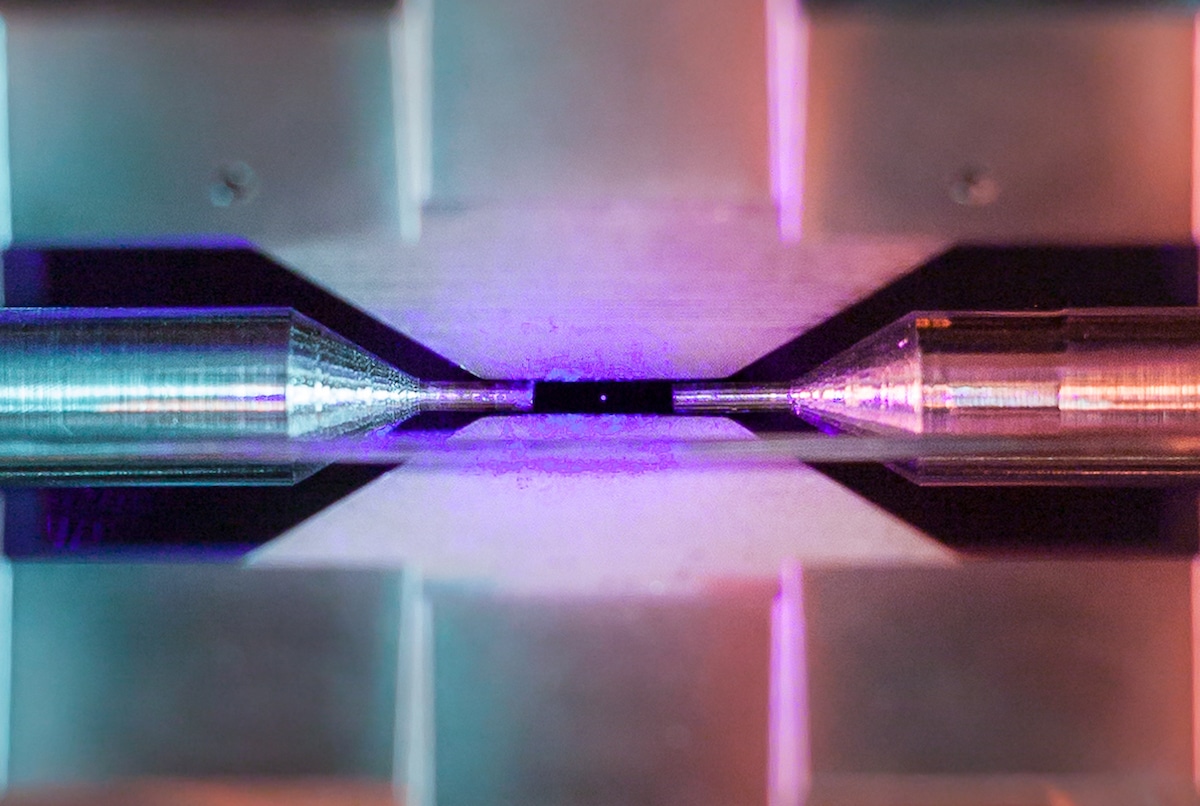
IMAGE Cred: David Nadlinger / University of Oxford
From a broader perspective, this image marks a historic moment in our understanding of the universe. It captures an atom, the fundamental unit of matter, providing a tangible link to the very essence of everything around us. It’s an image of us, the very fabric of every human we have ever met, every item we have ever touched, and every object we have ever captured with our eyes.
All the photographs taken throughout history have capture images of people, places, memories… but this photograph visualises the skeleton of everything we have ever known. This article, the device you’re using, and the person holding it – you!
Carl Sagan famously described Earth as a “Pale Blue Dot,” emphasising our place in the vast cosmos. Sagan looked at that distant image of the Earth and said, “that’s here, that’s home, that’s us.”
Maybe now, we can look upon this photograph and reflect on this distant atom that suspends in a beam of light as though it were the Earth, and say once again, “that’s here, that’s home, that’s us.”

IMAGE Cred: Photo of a Single Atom / ‘Pale Blue Dot’ photograph of Earth taken in 1990 by the Voyager 1 space probe from 6 billion kilometers

Shaun Johnston
The Astronomers Founder
Check out more of our articles below!
Want new articles as they get published?
Subscribe to our newsletter!
Subscribe to our Newsletter.
0 Comments
Submit a Comment

Shaun Johnston
The Astronomers Founder



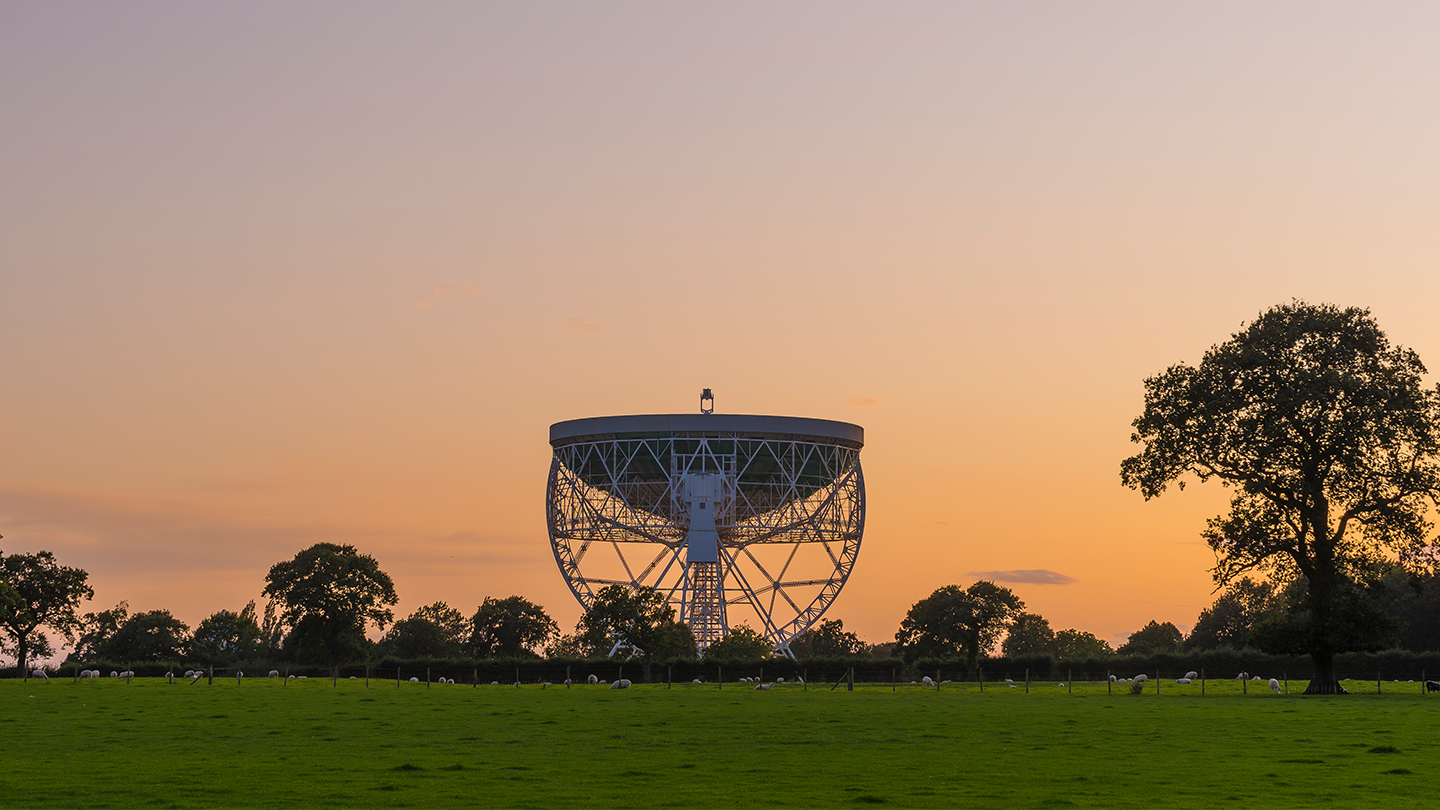
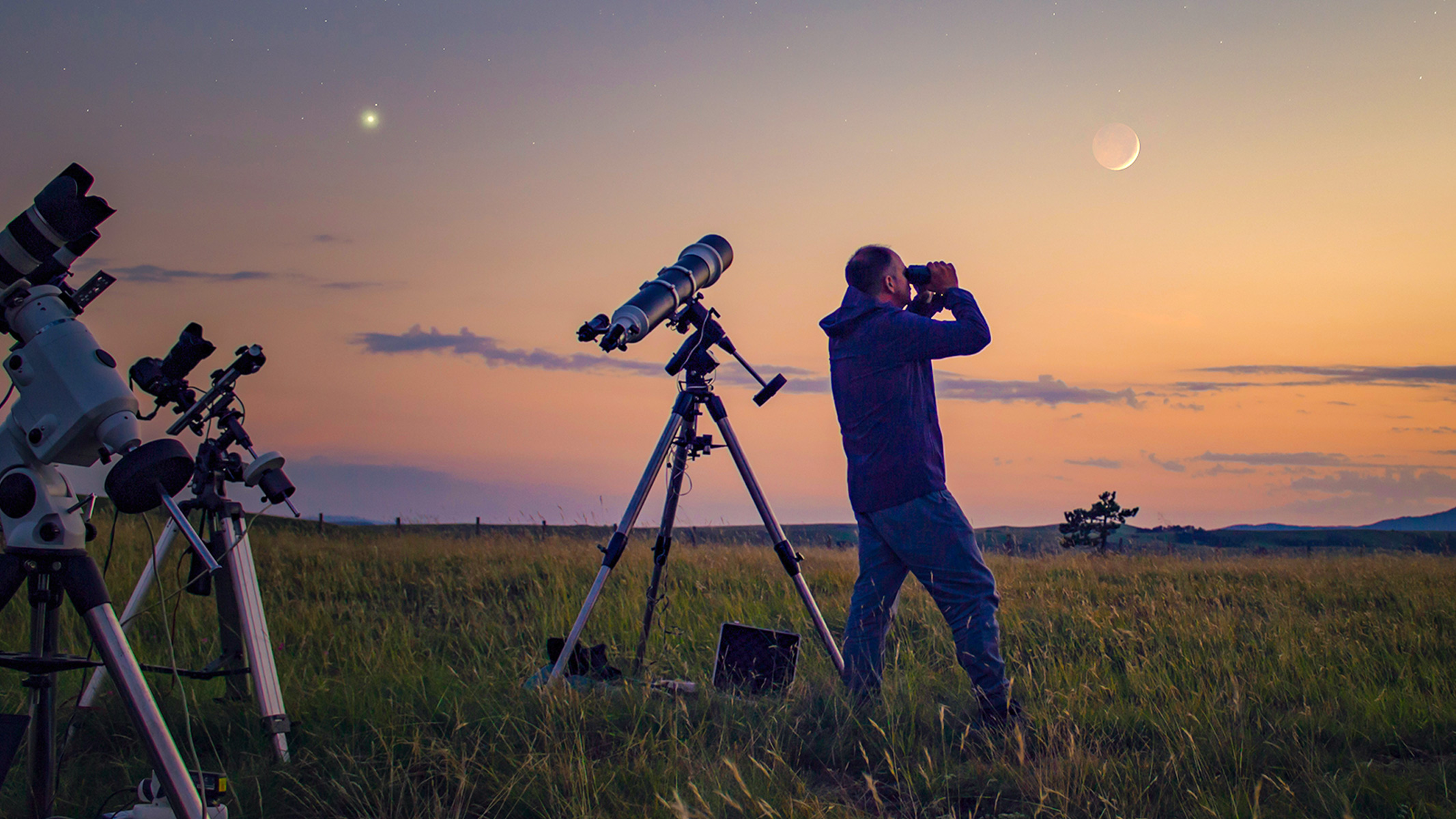


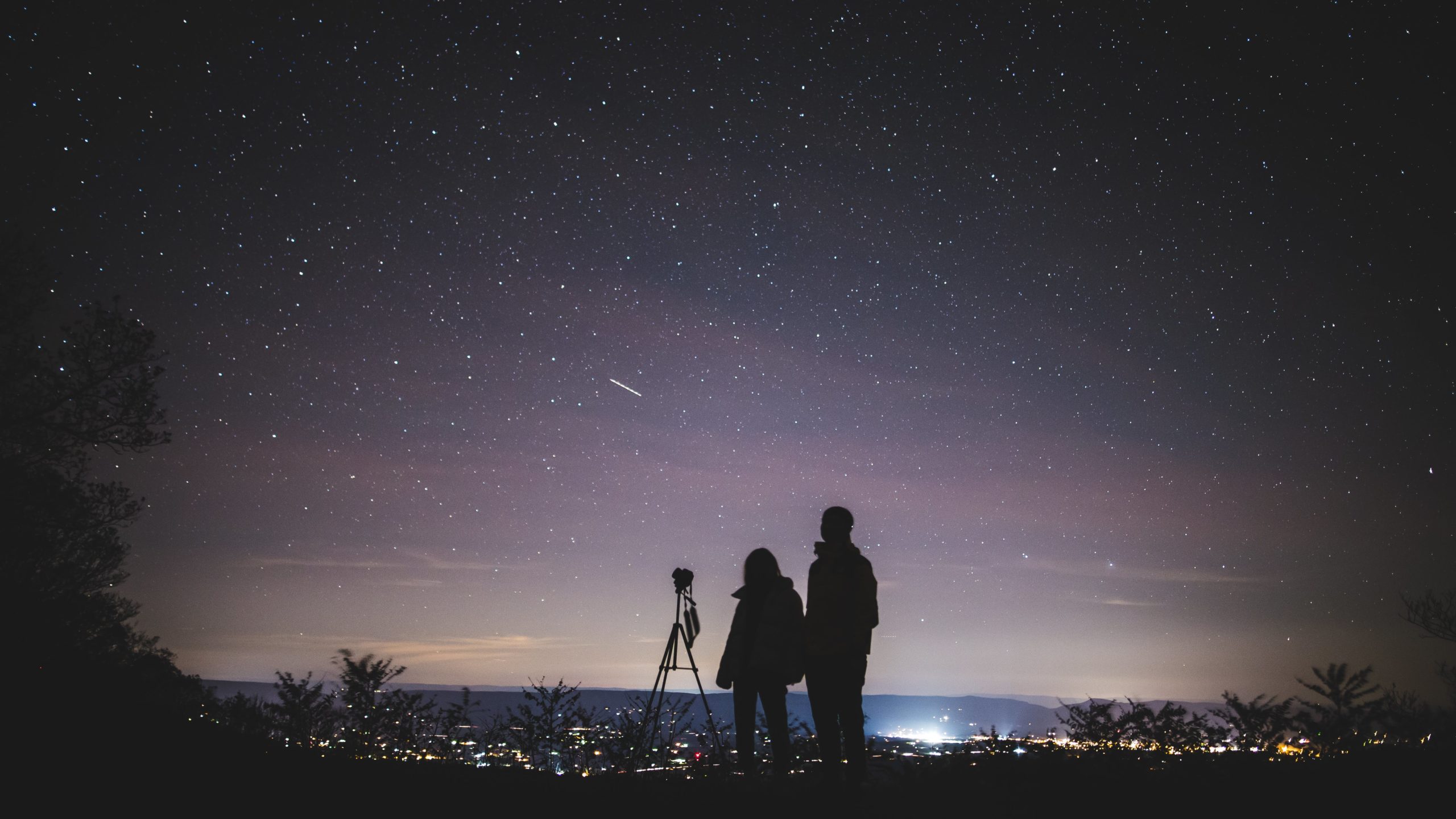
0 Comments